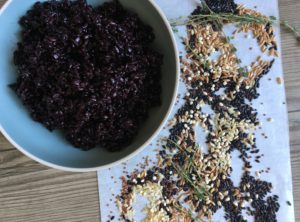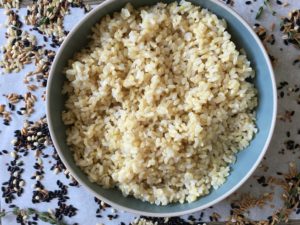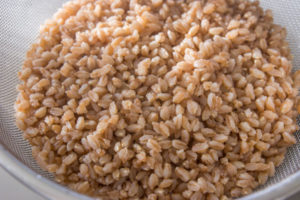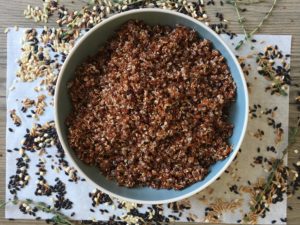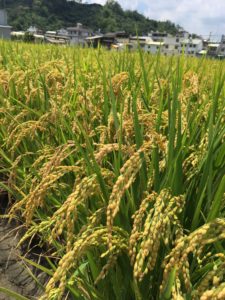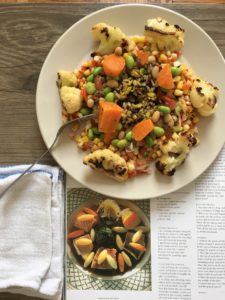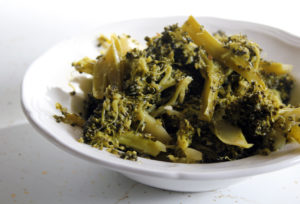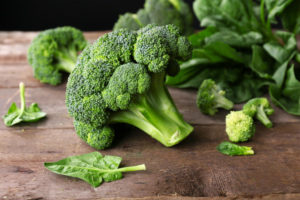
I was a bit distracted when I read a heartfelt news article about a bigot who made racist postcards and distributed them around in my hometown, Edison, New Jersey, before the state-wide election this week.
My first reaction was filled with anger and the need for vengeance. However, knowing my own shortcoming as an emotional person, I calmed myself and analyzed the situation, and decided to reflect on racism through the lenses of a chef, and a proud Asian American, made in Edison, New Jersey.
My first encounter with racism was during my first couple years in America. I was often picked on and ridiculed because I didn’t speak any English. Reflecting on those years, I realize that racism is an issue that is often neglected in school or at home. Teaching who Dr. King is and what he stood for is merely a lesson about American history, but not a thorough teaching on how racism shapes people’s behavior and causes of domestic terrorism, which you…can hardly deny. Racism is often taught in the manner of “you against the world, vice versa”. Therefore, violent and abusive behaviors and retaliation have become norm when it comes to race disparity. I am grateful that all the ridicules, stemmed from my lack of English proficiency, were an act of childishness and not hostility; some of the kids who laughed at me had become my friends or acquaintances. However, the thought of lacking adults encouraging kids or each other to embrace cultural differences irks me every so often.
When I wanted to become a chef ten years ago, i thought nothing but to be the fastest at chopping onions and butchering pigs. And boys…was I totally wrong about the full responsibility of being a chef. As I moved up the rank, my cooks looked up to me for advice and creativity, and on many occasions, my cooks and I shared our fond memories of eating a grand meal to slurping a 5-dollar Pho in Chinatown (I miss that kind of camaraderie very much). My creative process often involves reflecting on my experiences of eating ethnic cuisines and reinterpreting the flavors to tailor to my customers’ palate. Needless to say, being open minded and curious have helped me grow as a chef, and most importantly, as a person. I often tell my cooks to travel and eat different varieties of food; accepting the unfamiliar is yet the best way to have a beautiful mind.
In closing paragraph, I thought I’d share couple quotes that could help us reflect on humanity.
“In a very gentle way, you can shake the world” – Mahatma Gandhi
I truly believe to rid of racism (I am not entirely being realistic here), all grown ups are responsible for showing compassion and understanding in the public eye. Only through practice and willingness to adapt will we ever be able to embrace our differences.
“When it comes to love, compassion, and other feelings of the heart, I am rich.” – Muhammad Ali
Wealth is often spoken in terms of monetary possession because money is the main medium in all trades. Not only should we be responsible with our own money, but we also ought to enrich humanity with empathy.
With the above, I can only ask myself to be more patient and understanding of others.

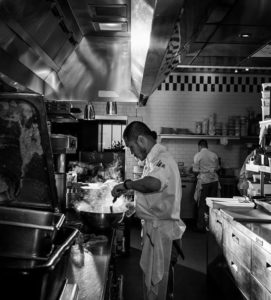 Photo Credit:
Photo Credit: 

 Riding on a train through southern Taiwan, the main source of rice and whole grains.
Riding on a train through southern Taiwan, the main source of rice and whole grains.